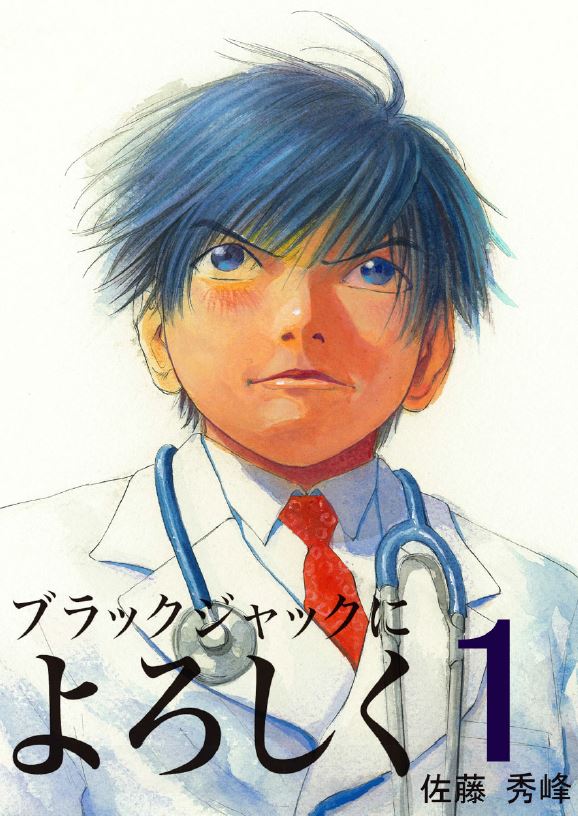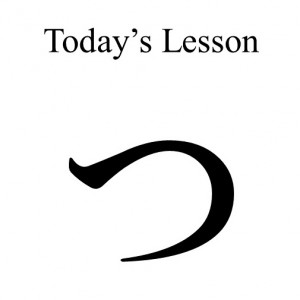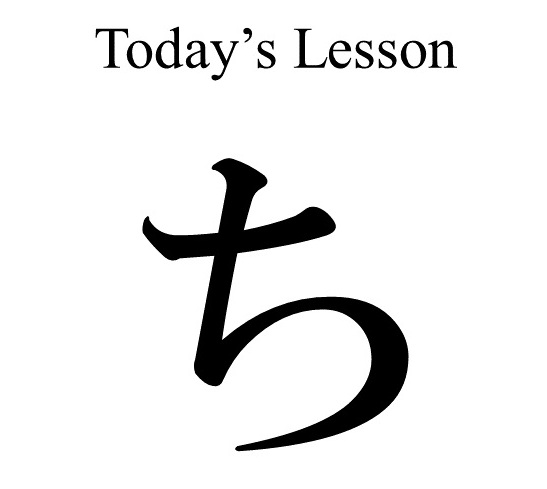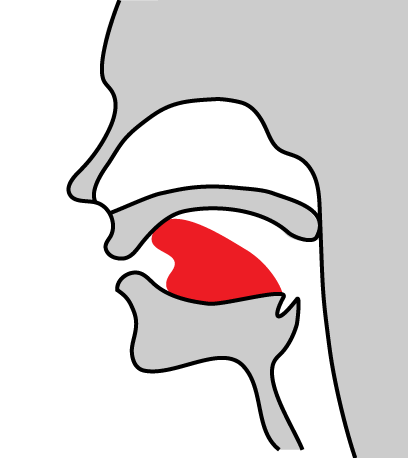Description of the Japanese Pronunciation ち
ち consists of the Japanese consonant [tɕ] representing the sound of the roman letter /ch/ with the Japanese vowel [i]. When you pronounce [tɕ], your tongue is going to touch the place where is a little farther back than your upper gums. This closure will cause a buildup of pressure. Soon after that, you will make a chink and cause friction by passing air through the chink. This way is similar to the one to pronounce [ts] in つ, but you will use the point of your tongue where you make a chink is a little farther back than the [ts]. This sound is also similar to the English sound (cheese). The difference is that you need to use your tongue flat as opposed to pronouncing (cheese). [tɕ] is an unvoiced sound.
Does it make sense to you? Let’s try to pronounce ち after the tutor on the video!
Wasabi Japanese Pronunciation Lessons
Words Exercise with the Pronunciation [tɕ] ち
Please repeat the following words after the tutor on the video.
| Words | Roman Letters | Meanings |
|---|---|---|
| ちず | chi zu | map |
| ちち | chi chi | father |
| ちかい | chi ka i | near, close |
| ちゃいろ | cha i ro | brown |
| ちゃわん | cha wa n | rice bowl |
| ちかてつ | chi ka te tsu | subway |
| ちゅうい | chu u i | attention, notice, note |
| いりぐち | i ri gu chi | entry |
| ついたち | tsu i ta chi | 1st (day) |
| にちようび | ni chi yo u bi | Sunday |
Sentences Exercise with the Pronunciation [tɕ] ち
Please repeat the following sentences after the tutor in the video.
| Japanese Sentences | English Translations |
|---|---|
| 茶色の茶碗を使います。 | I will use the brown rice bowl. |
| 地下鉄の地図を借りました。 | I borrowed a map for the subways. |
| 七月一日は日曜日です。 | July 1st is Sunday. |
Tongue Twister Exercise with the Pronunciation [tɕ] ち
Please repeat the following tongue twisters after the tutor on the video. Also, please focus on the pronunciation practice, not the meaning, because they were made only for the sake of practice.
| Japanese Tongue Twisters | Vocabulary |
|---|---|
|
お茶立ちょ茶立ちょ、ちゃっと立ちょ茶立ちょ。 |
お茶: tea, 立てる: to make tea |
|
第一陣、第一著者、第一知事。 |
第一: the first, 陣: camp, 著者: author, 知事: governor |
|
うちのチヂミはちと小さいが、そこらのチヂミとはちと違う。 |
うちの: our, チヂミ: Korean pancake, ちと: a little, 違う: different |
[adsense]
Conclusion
This is the how to pronounce [tɕ] ち. We recommend that you practice the sentences above at least 5 times for each exercise, though we understand that pronunciation practice can be dull. Good pronunciation will give you listening and speaking ability, and thereby you will be confident enough to speak Japanese with native speakers. Thus, the ability you gain is well worth the time spent. We are looking forward to seeing you in the next lesson; [ts] つ.
Recommended Links
How to Proceed with Wasabi Japanese Pronunciation Lessons

Japanese Lessons: Japanese Reading Practice with Manga 1-3-1

Japanese Consonants: How to Pronounce つ




